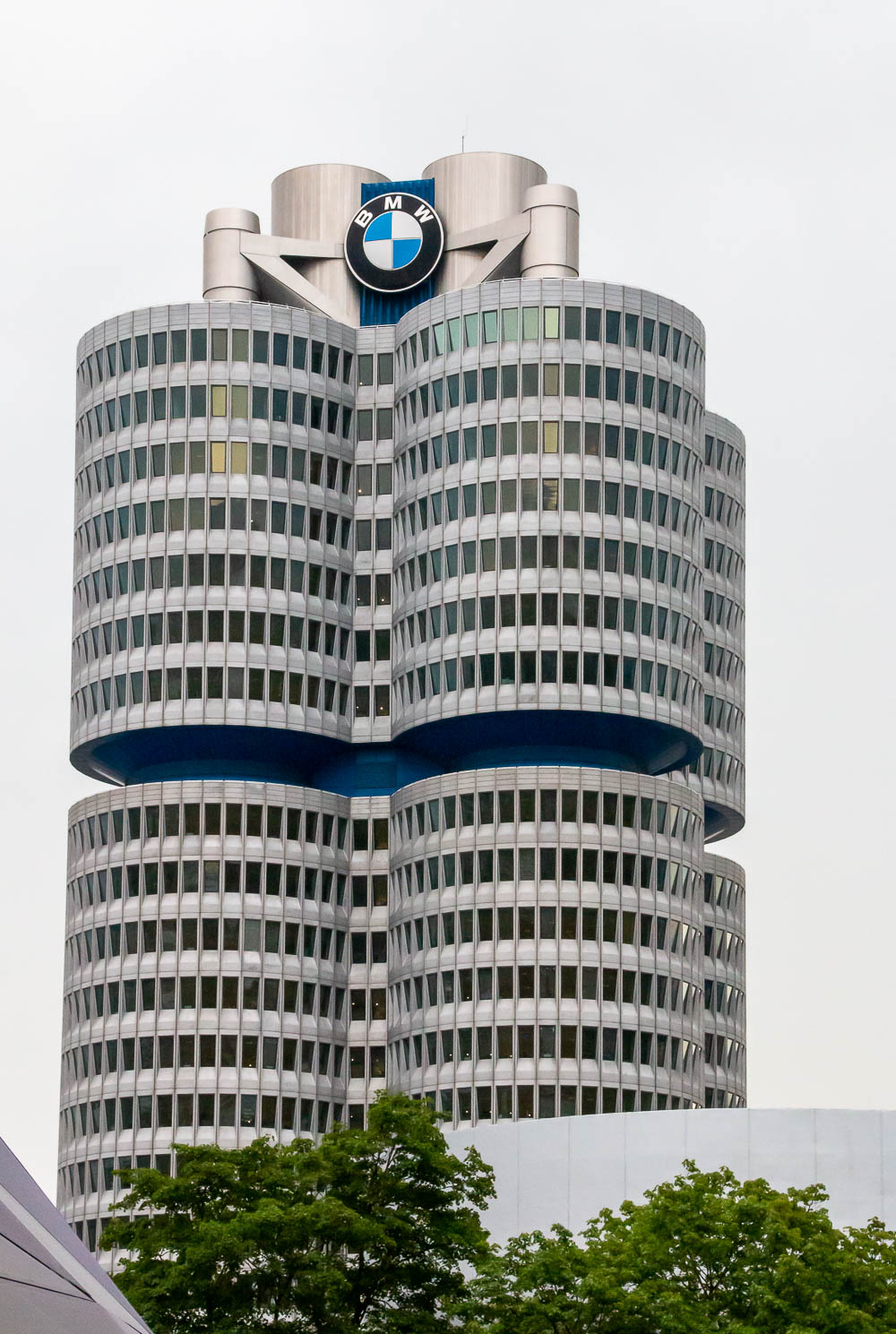One day in Munich… Let’s explore
Last updated: March 11, 2024
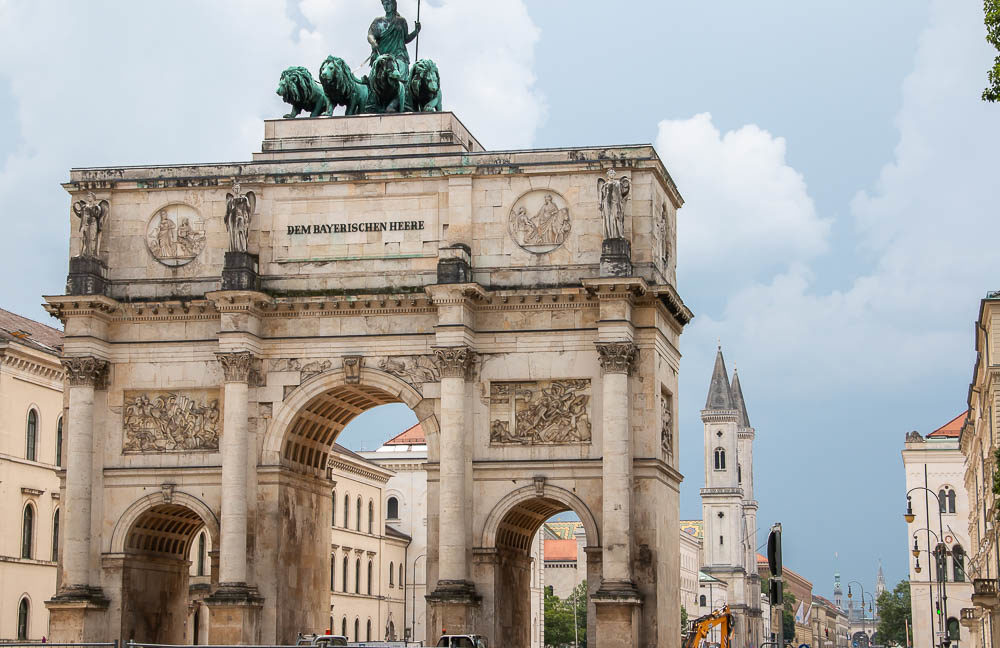
Munich is a heart of the Free State of Bavaria in Germany, known for the world’s most famous castle Newschwanstein. As the capital of the state, Munich itself doesn’t stay in the shadow of this fairytale structure. Instead every year from late September till early October, the city gathers all beer lovers for annual celebrations of Octoberfest.
In our case, though, the beer wasn’t a reason to spend one day in Munich. We included this city in our backpacking trip across Europe out of curiosity.
Why Do You Want to Spend a Day in Munich?
Before moving any further, there is a quick explanation how Munich ended up on our European travel list. Germany has always had a special place in my heart. I learned German language and culture throughout my childhood at school and later selecting it as my major at university. So I had lots of book knowledge about the country and Munich, but zero firsthand experience.
Preparing for our European trip, I felt very strongly about including Germany in the itinerary. Since other cities we intended to visit this time were Prague and Zurich, Munich appeared to be the best connecting link between these two destinations.
Without further ado, there is everything you can do in Munich in one day.
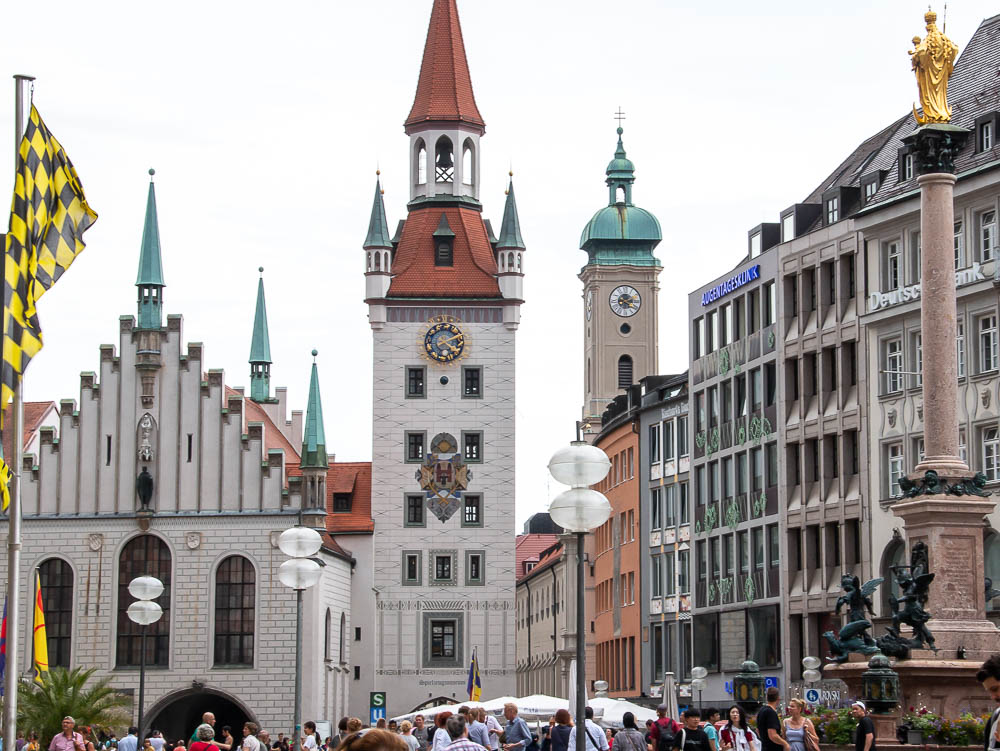
ONE DAY IN MUNICH ITINERARY
Everything You Can Do in Old Town Munich in One Day
I’m sure we didn’t get way too creative with our Munich itinerary by starting the day in the Old Town. To know the city, you need to know its roots. The Old Town is certainly a good place to start.
A medieval town with cobblestone roads and Baroque architecture sets the mood right for a long day of exploring everything Munich has to offer. No precise itinerary is needed. The area has its unique charm that unveils in unpredictable ways.
Old Town Munich is relatively small. You don’t need more than a few hours to explore it. Yet if you are a history buff and want to know a bit more about the place you visit, here are some of the major attractions you shouldn’t miss when in the Old Town.
1. Marienplatz
Munich’s Marienplatz is one of the most visited squares in the Old Town. The area dated as far back as 1158, which makes it the oldest place in Munich. The square, famous for its trendy stores, gift shops, and ample places to indulge in traditional cuisine, welcomes the visitors from early morning until late evening.
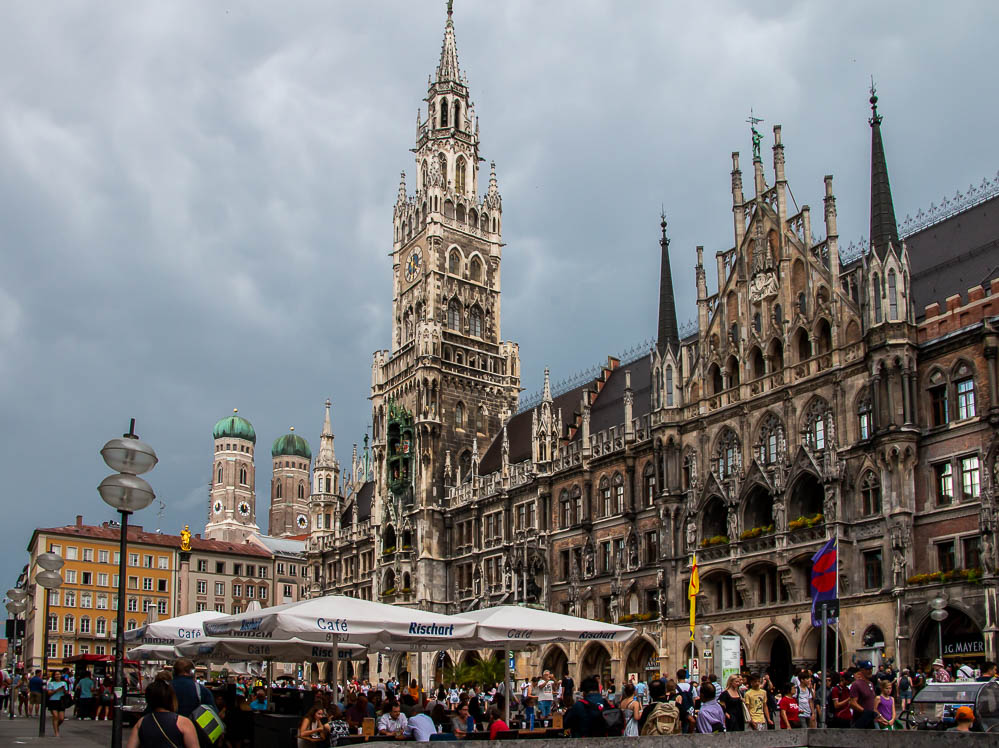
2. New Town Hall and Glockenspiel
The main feature of the Marienplatz is the New Town Hall or Rathaus. Completed in the beginning of the 20th century, the Gothic-style structure impresses with its size and attention to details.
The central piece of the New Town Hall belongs to the 280-foot-tall clock tower with the two-story, 28-foot-tall Glockenspiel. Two times a day at 11 a.m. and 12 a.m. short shows with the help of mechanical figurines take place in the Glockenspiel. Summer months bring additional “performances” at 5 p.m.
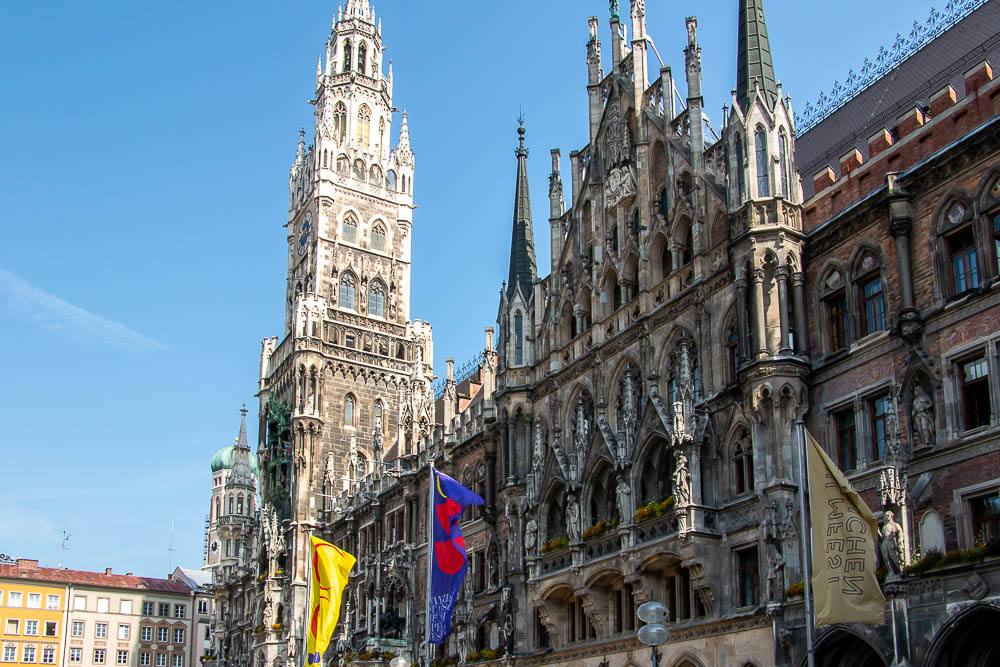
3. Old Town Hall
The New Town Hall didn’t move far from the Old Town Hall, which is located on the east side of the Marienplatz. Over the years, the structure underwent numerous serious reconstructions. The last one took place in the 1950’s after the Old Town Hall had been almost completely destroyed during World War II. Up to this day, the medieval building is considered one of the most photographed places in the city.
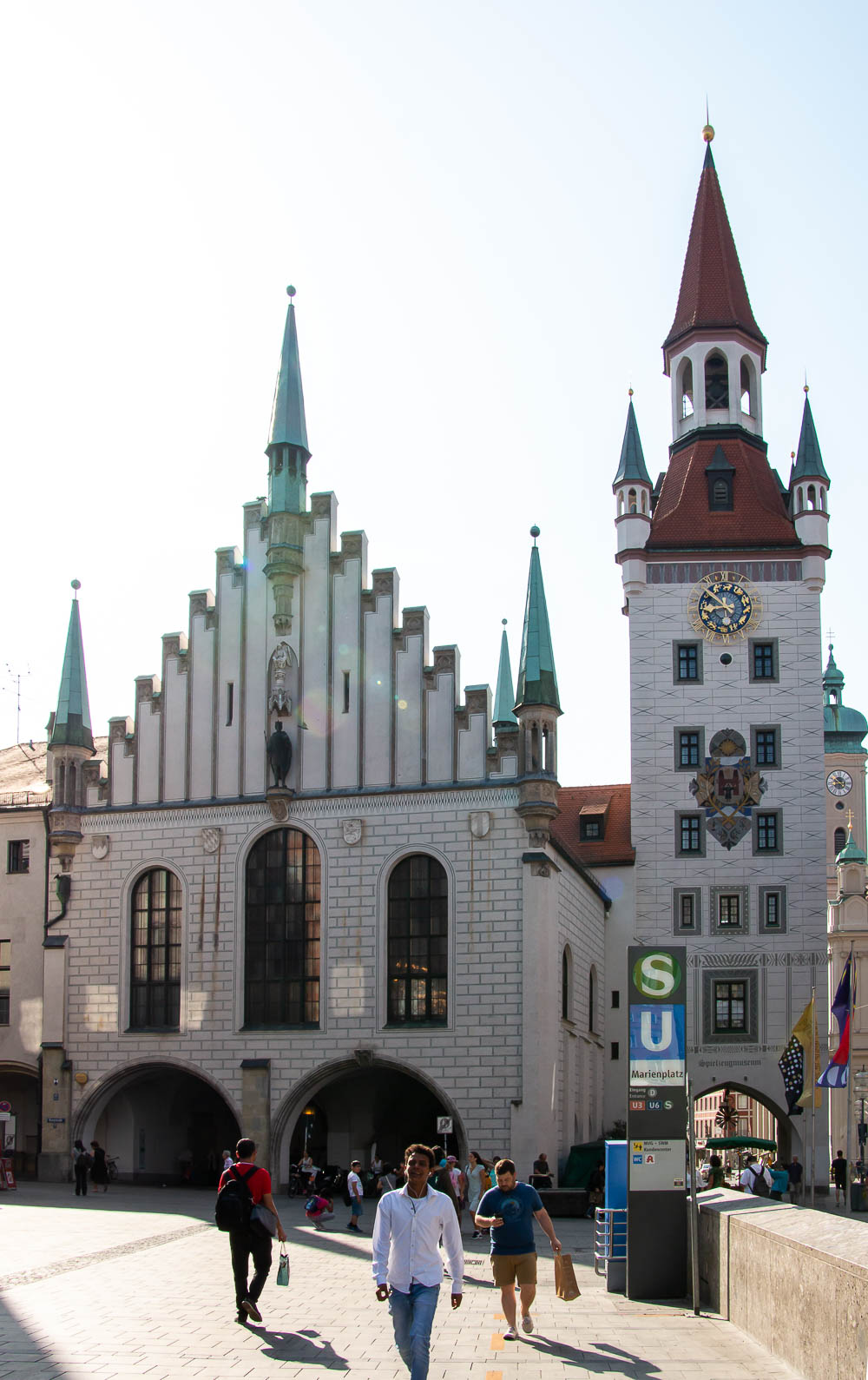
4. St. Peter’s Church
St. Peter’s Church is the oldest church in Munich. According to some sources, it’s even older than the city itself. The interior of the church is one of the things you don’t want to miss. When inside, make sure to look up at the painting on the ceiling depicting crucifixion of Saint Peter. If you don’t have anything against sweating a bit, climb up to a fire balcony with scenic views of the city.
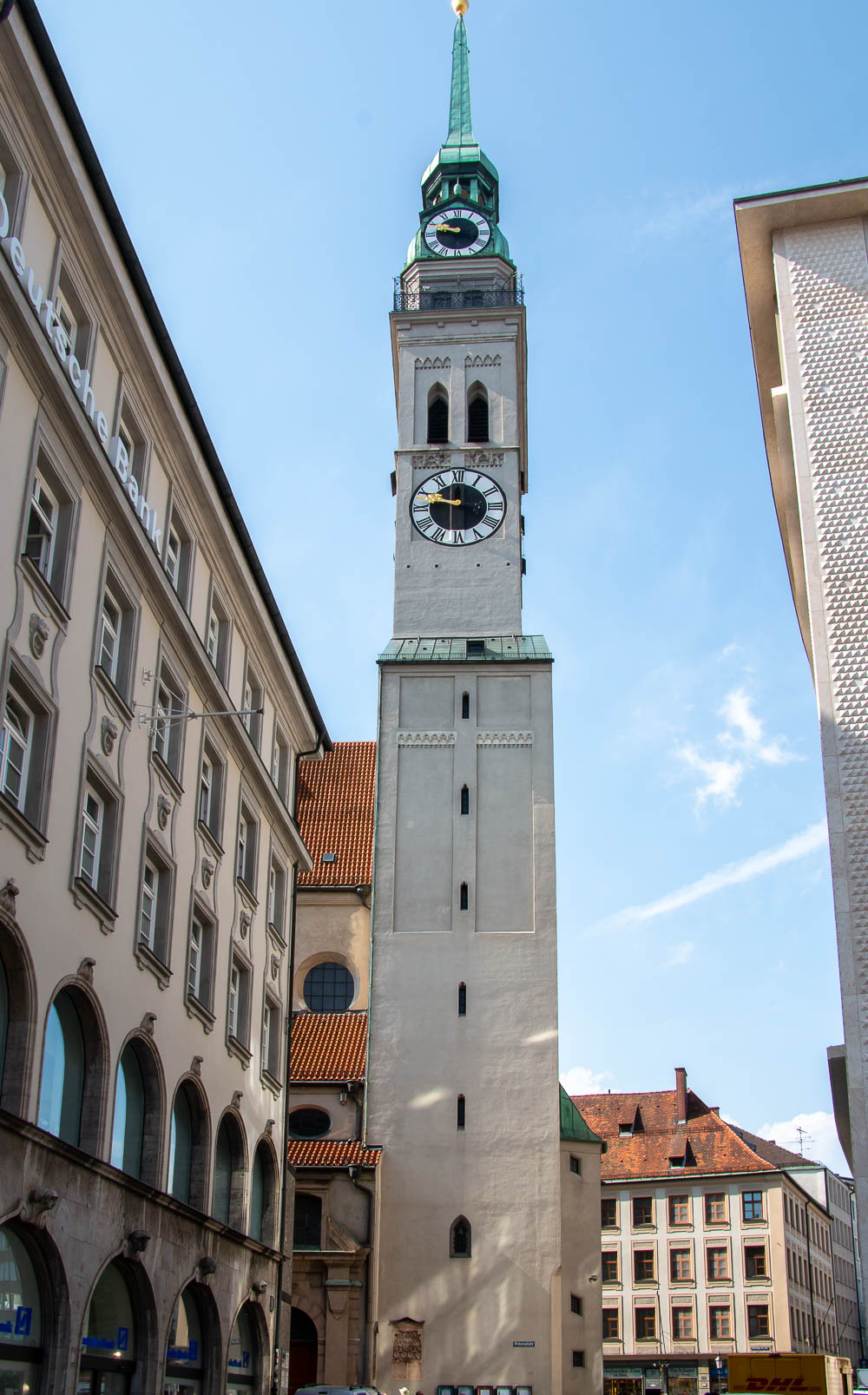
5. Frauenkirche
The Frauenkirche is one of the symbols. Signature twin towers of the tallest church in the city are some of a few structures that survived devastations of World War II.
Unfortunately, we were not able to get closer to the place due to construction work near the church.
6. Victuals Market
All local and visiting gourmets know the way to the famous Victuals Market. Started as a farmers market in the 1700s, it grew to become one of the popular destinations. From traditional German dishes to different kinds of beer and produce, the Victuals Market knows how to spoil its guests.
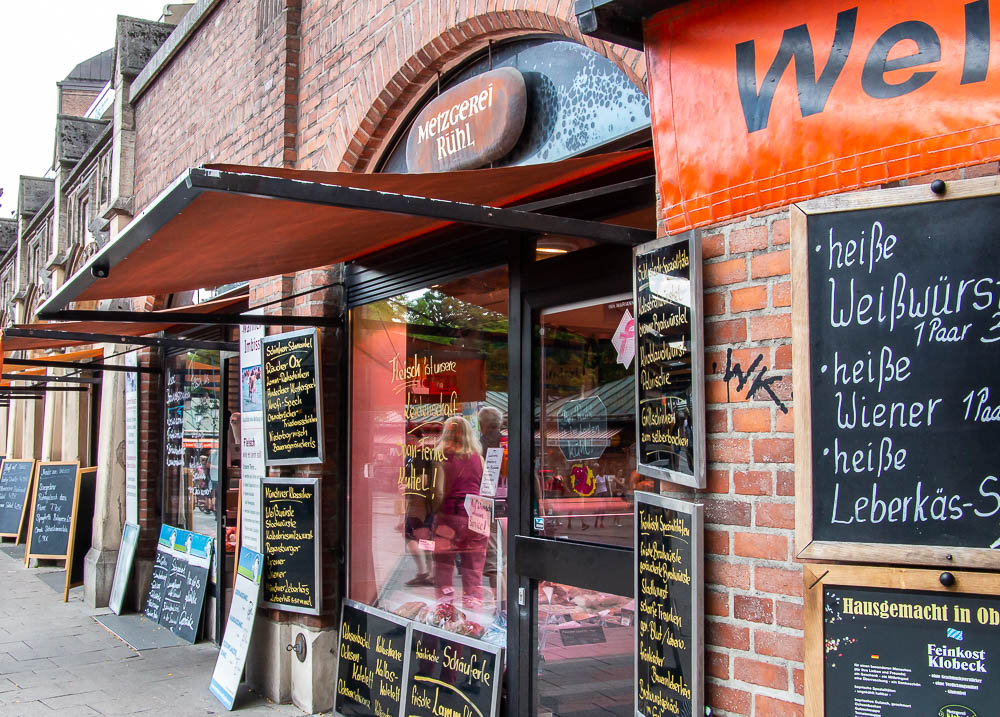
7. Odeonsplatz
The Odeonsplatz is another popular square in Munich. Heavily influenced by Italian architecture of that time, the square was developed in the early 19th century. Two main attractions of the Odeonspatz are Field Marshal’s Hall (Feldherrnhalle) and Theatine Church (Theatinerkirche).
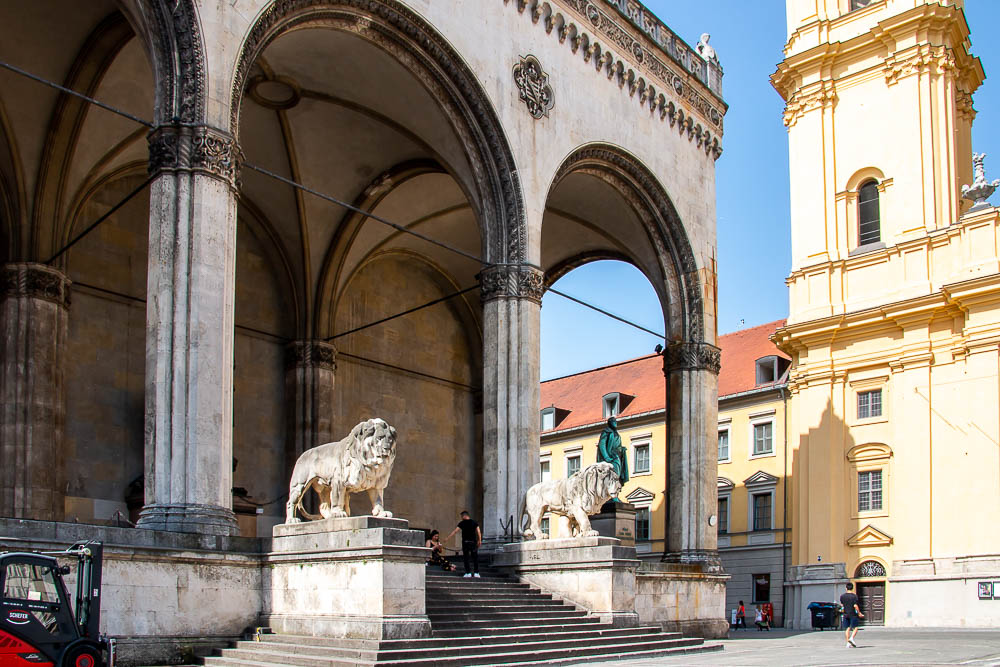
8. The Field Marshal’s Hall
Taking inspiration from the Loggia dei Lanzi in Florence, the Field Marshal’s Hall was built to honor the Bavarian army.
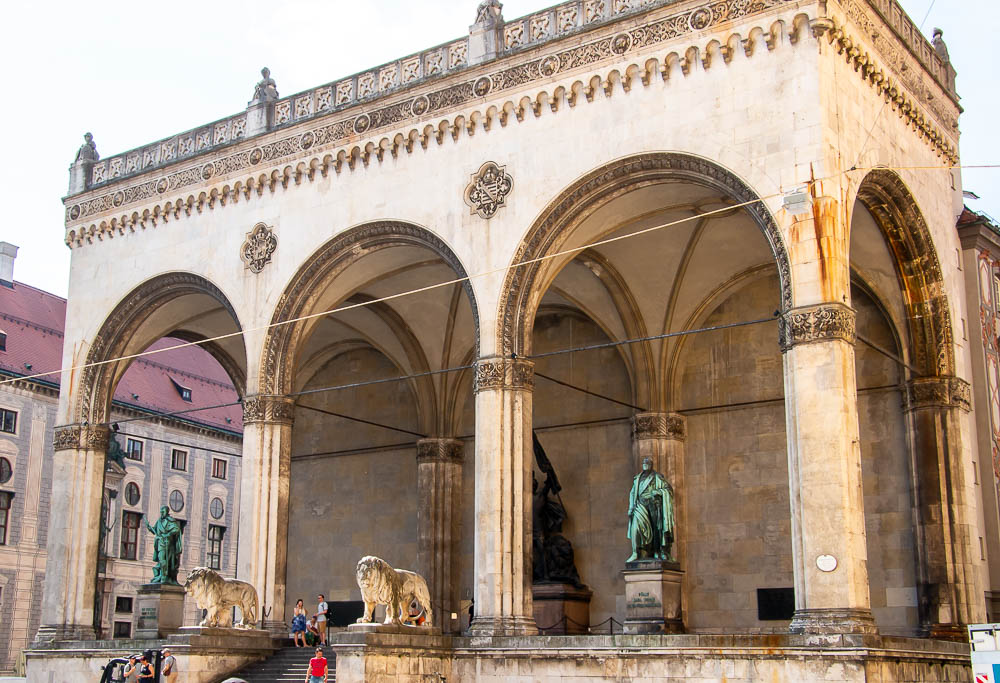
9. The Theatine Church
Big yellow structure of the Theatine Church towers over the Odensplatz. Built a few centuries before the rest of the square, the church symbolized gratitude and is the second favorite attraction to see in the city.
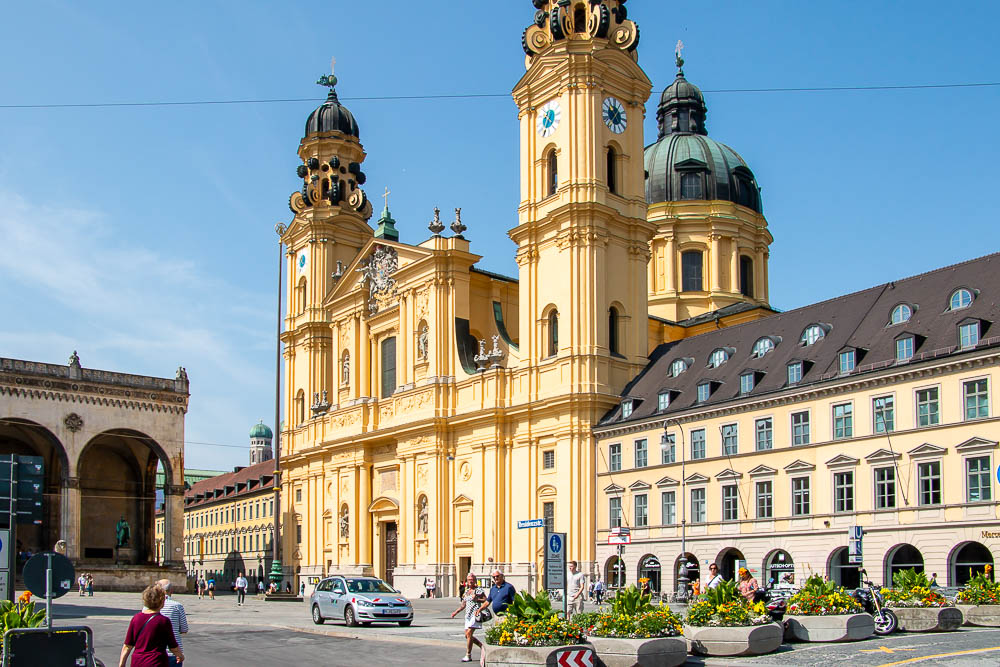
10. Hofgarten
After all this urban sightseeing our eyes craved some green spaces. The Hofgarten, located just a short walk away from the Odeonsplatz, came in handy. With simple temples and fountains, the garden looked nothing short of a subtle continuation of the best traditions of Munich in a different way.
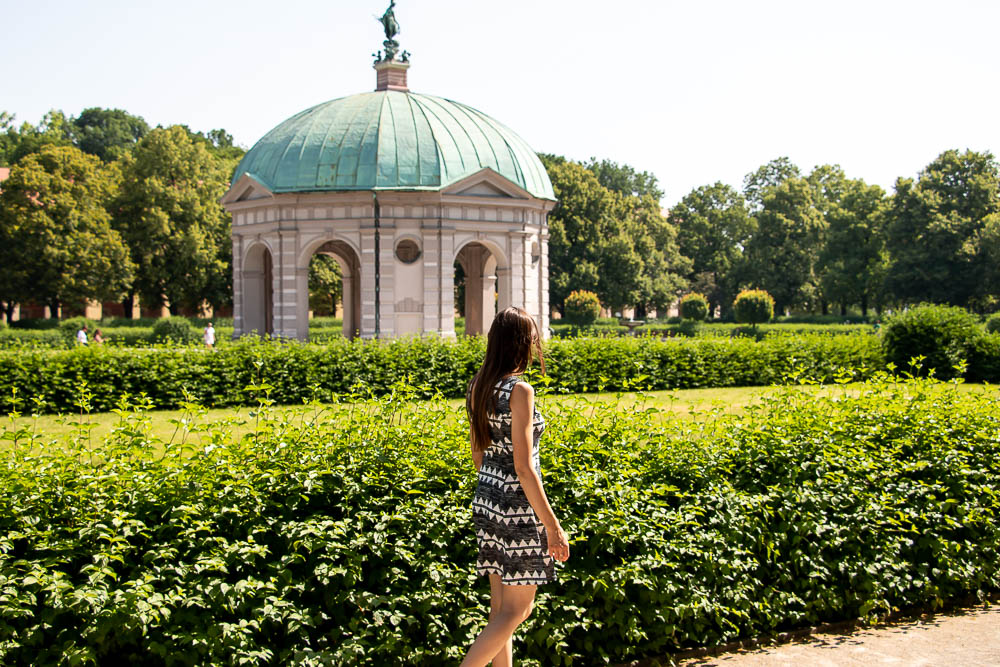
Places to See Outside of the Old Town
1. English Garden
The English Garden is one of the largest urban gardens in the world, exceeding even New York’s Central Park. Besides green lawns, hiking trails and beaches by a river, the park boasts river surfing, the Chinese Tower Beer Garden and the Monopteros hilltop acropolis.
After we left the Old Town and randomly chose the Ludwigstrasse, our Munich adventure took us to the Catholic Parish and University Church St. Louis, known for the second-largest altar fresco in the world. A short walk away from it, the Siegestor, city’s landmark between Munich’s Maxvorstadt and Schwabing, marked the end of the Ludwigstrasse and the beginning of the Leopoldstrasse.
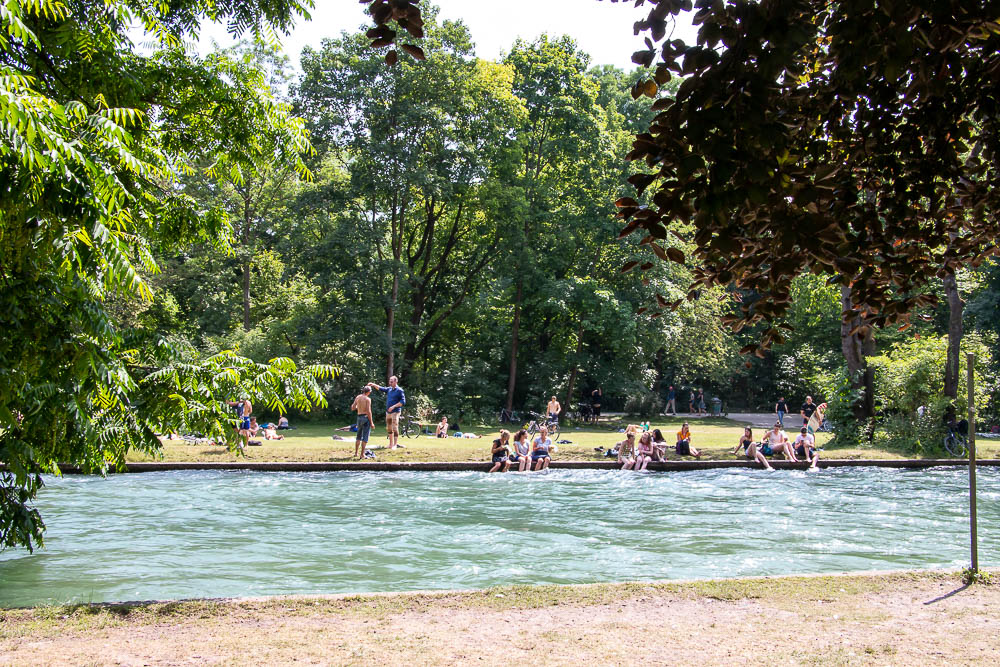
We took the Leopoldstrasse and spent the rest of the day exploring the streets, restaurants, and shops of the Schwabing district of Munich. But before returning to our hotel, we had two more places to visit.
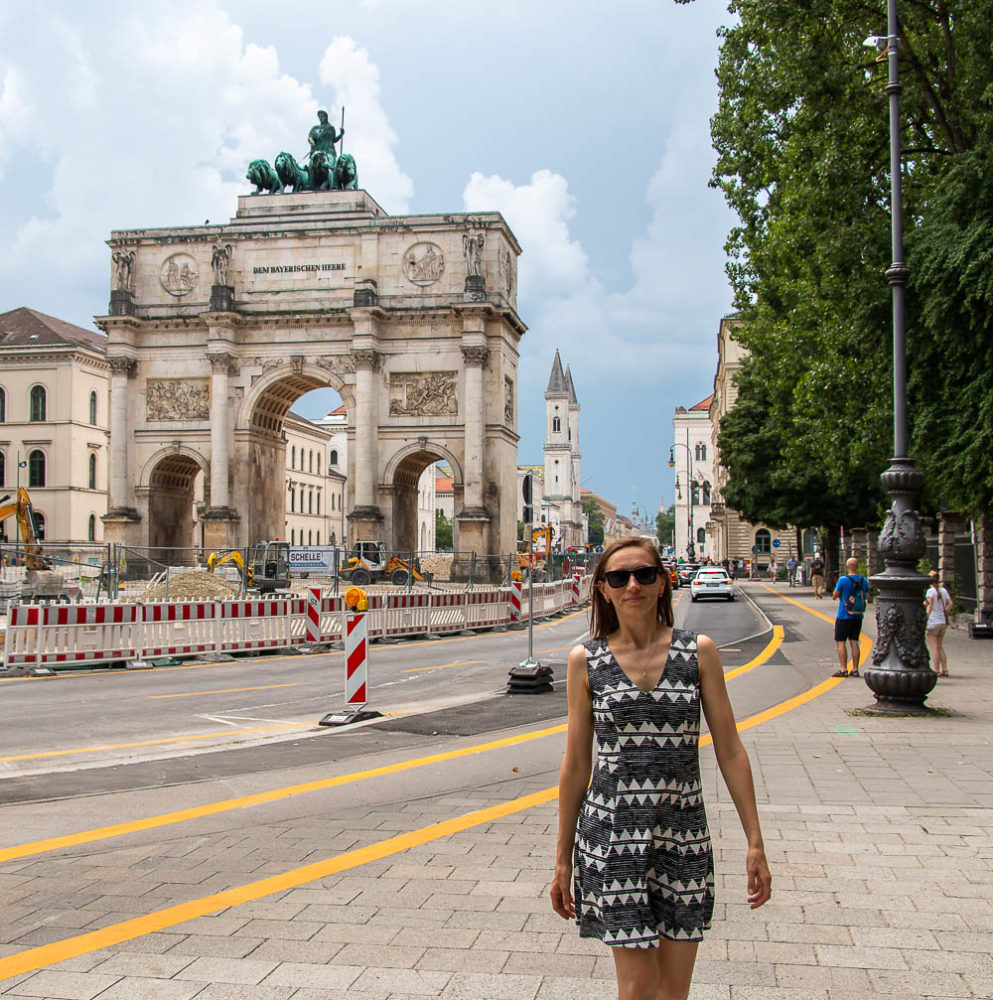
2. Olympiapark
Olympiapark is located in the Oberwiesenfeld neighborhood of Munich. Constructed for the 1972 Summer Olympics, it still serves as a venue for different events and celebrations.
3. BMW Museum
With BMW, one of the largest producers of motor vehicles in the world, headquartered in Munich, it is quite appropriate to open the BMW Museum in the same city. Located near Olympiapark, the museum is devoted to the BMW Company, its history and cars.
